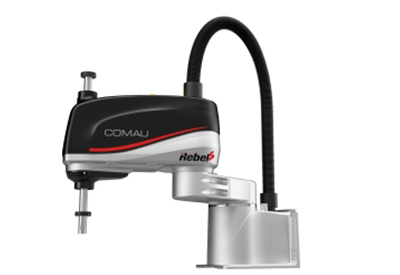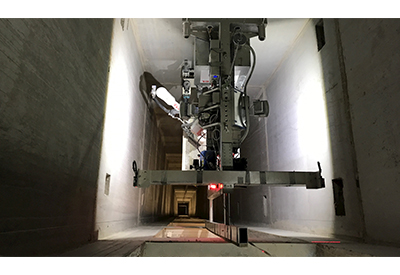Weighing Your Options for Simple Motor Control

May 27, 2019
Smarter, easier, cleaner…
When a person looks at how everything has changed over time, it is amazing. Some things have changed for convenience, some out of necessity. Sometimes for both reasons. In the case of motor starting, it is both.
A long, long, time ago, motors were started by a contactor closure on the line controlled by energizing or de-energizing a coil. Simple on-off push button control. Worked great for small and large motors alike.
As time passed, other methods of motor control emerged which included utilizing variable frequency drives and soft starters. This added more control of the starting, run time and stopping of the motor.
Doing so offers the reduction of mechanical wear and tear of the system. Of course, the energy savings when starting or reducing current during runtime is a bonus. Everyone likes to conserve energy and save money!
What is the most efficient way of running starter, with the least amount of heat loss? Across the contacts of a contactor. When the contactor is closed, current passes through the now connected busbars. No electronic components generate heat.
Where is this a benefit? Bypassing a soft starter while at speed is an example. Using a bypass contactor while at speed will enable the silicon-controlled rectifier (SCR) to be gated off, producing lower heat.
There are times when a purely solid state device is desired, for example in a high vibration or dirty environment. For those situations, solid state devices are desired. For the rest of the applications, a bypass contactor would be perfect!
What about just starting a load with simple on/off control or in an emergency… say, an application needs to be energized quickly and with little concern about wear and tear. For example, emergencies such as control of town flooding. In those cases, contactors are still very viable. So what are your options for closing a contactor?
As stated earlier, energizing a coil from a control power source connected to simple push buttons will perform the on/off control. A maintained button or two-position switch, used mainly in two-wire control, will hold the coil energized. The coil will be de-energized when the button is pushed again and the voltage to the coil is removed. Of course, the push button contacts have to be rated for the voltage and the current of the coil to which they are connected.
A momentary button (normally open) in combination with an auxiliary contact, is used to energize the coil and make a hold-in contact to maintain the circuit. When another momentary button (normally closed) is pressed, this will open the hold in contact, remove power to the coil, and the motor will stop. This is 3-wire control. Again, contacts are rated for the current of the coil.
Some wiring of components will have to take place, as you can see. Is there a way with less push buttons and wiring to accomplish the same thing?
Well, what about using a programmable logic controller, also known as a PLC, output to control a contactor coil? Control can be accomplished by utilizing the outputs and simple coding of the PLC instead of using external push buttons.
Utilizing a contactor PLC input to control the contactor would free up space traditionally needed for push buttons, etc. In addition, a PLC that is most likely already in the system controlling other applications could be easily utilized for the control, thereby saving valuable panel space.
Using PLC control reduces the need to have push button contacts rated for large inrush current for coils of larger contactors. The PLC control is typically in the mA range, while the hold-in current and associated inrush current would be seen by the control voltage source and would be much higher.
What about the control voltage itself? Does it have to match the PLC input voltage? Well, the PLC input voltage typically does not match the coil voltage, say, 24 VDC for the PLC input. A person could have coil voltage of 120 VAC, and have the coil controlled by the 24 VDC PLC input.
Just like an interposing relay would behave. But, in this case it would be built into the coil. Control voltage would be different from the voltage being controlled.
Every application is different, so which method provides the best fit and function? Push button or PLC control?
To find out how the new contactors from Allen-Bradley can assist with your contactor needs, contact your local Rockwell Automation sales representative.
For more information, visit HERE.






